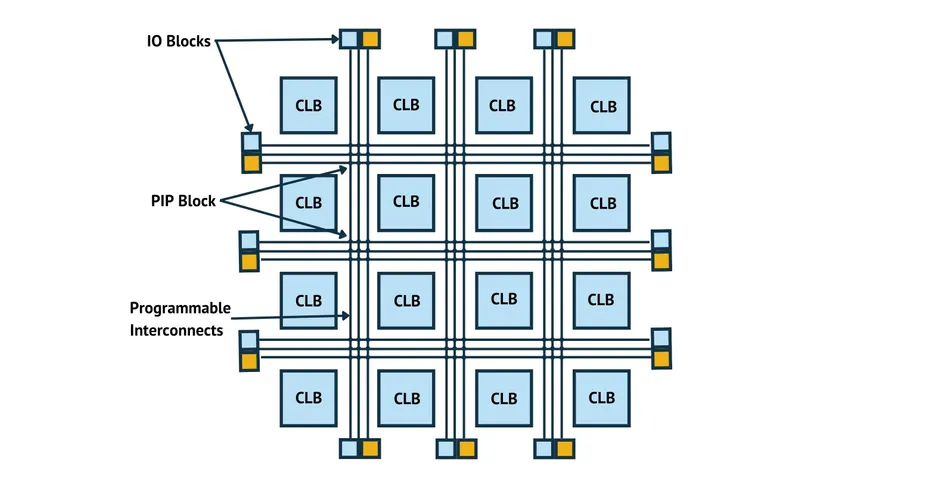What are the key differences between FPGAs and ASICs?
What are the key differences between FPGAs (Field-Programmable Gate Arrays) and ASICs (Application-Specific Integrated Circuits)?

FPGAs (Field-Programmable Gate Arrays) and ASICs (Application-Specific Integrated Circuits) are both types of integrated circuits, but they have significant differences in terms of their design, programming, flexibility, and cost. Here are the key differences between FPGAs and ASICs:
- Design Flexibility: FPGAs are highly flexible and reprogrammable devices. They can be programmed and reconfigured after manufacturing to perform different functions, making them suitable for prototyping, development, and low-volume production. ASICs, on the other hand, are designed for specific applications and have a fixed functionality. They are optimized for a particular task and cannot be reprogrammed.
- Time-to-Market: FPGAs offer a shorter time-to-market compared to ASICs. With FPGAs, designers can quickly develop and test their designs without the need for costly and time-consuming manufacturing processes. ASICs require a lengthier design process, including fabrication, testing, and verification, which can take several months or even years.
- Performance: ASICs are typically faster and more power-efficient compared to FPGAs. Since ASICs are designed specifically for a particular application, they can be optimized for speed and power consumption, resulting in superior performance compared to FPGAs. FPGAs, being programmable devices, may have higher power consumption and lower performance due to the additional overhead of reconfigurability.
- Cost: FPGAs are generally more expensive than ASICs on a per-unit basis. The programmability and flexibility of FPGAs come at a higher cost compared to ASICs, which are produced in large volumes and benefit from economies of scale. However, for low-volume production or prototyping, FPGAs can be a more cost-effective solution since they eliminate the need for expensive mask sets required for ASIC manufacturing.
- Volume Production: ASICs are well-suited for high-volume production. Once an ASIC design is finalized and manufactured, it can be replicated in large quantities at a lower cost per unit. FPGAs, on the other hand, are more commonly used in low-to-medium volume production, where the flexibility and reprogrammability are advantageous.
- Customizability: ASICs offer the highest level of customization since they are specifically designed for a particular application. The design of an ASIC can be optimized to meet the exact requirements of the target application, resulting in better performance, lower power consumption, and reduced chip area. FPGAs, while flexible, cannot achieve the same level of customization and optimization as ASICs.
In summary, FPGAs provide flexibility, reprogrammability, and faster time-to-market at a higher cost, while ASICs offer optimized performance, lower power consumption, and lower cost per unit in high-volume production. The choice between the two depends on the specific requirements of the application, development timeline, production volume, and budget constraints.

